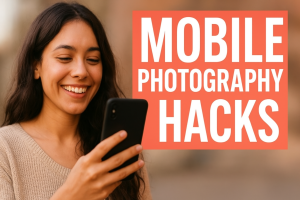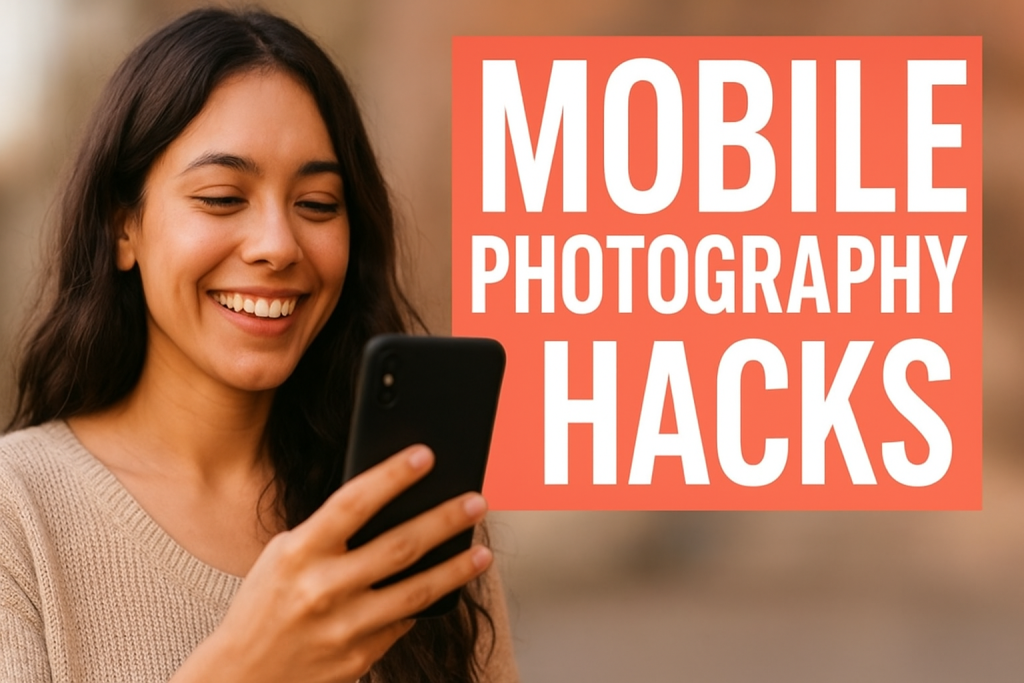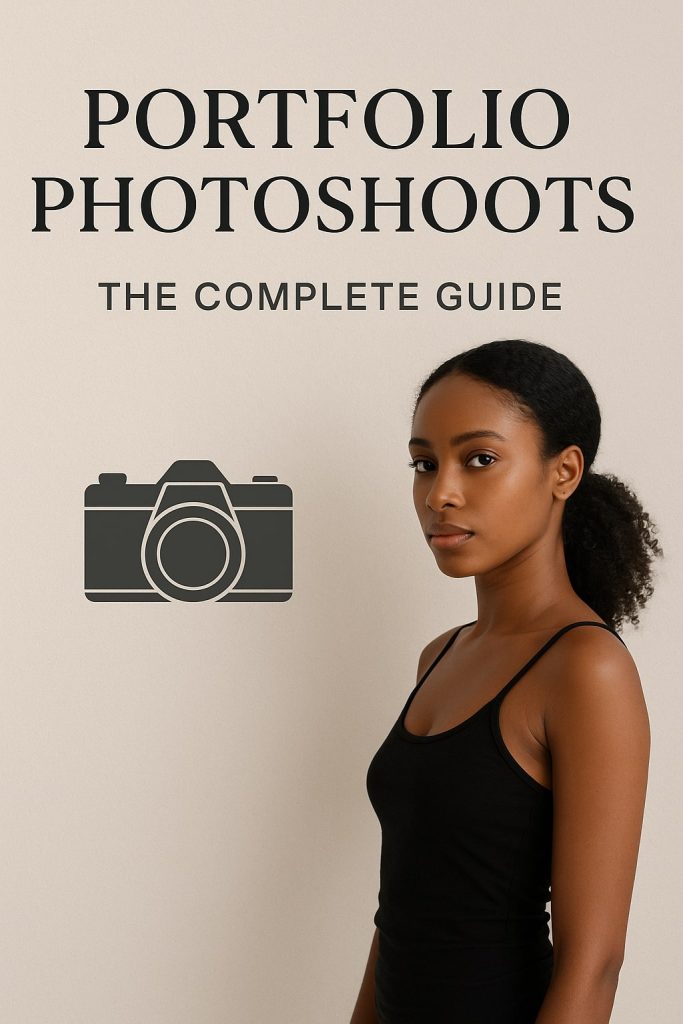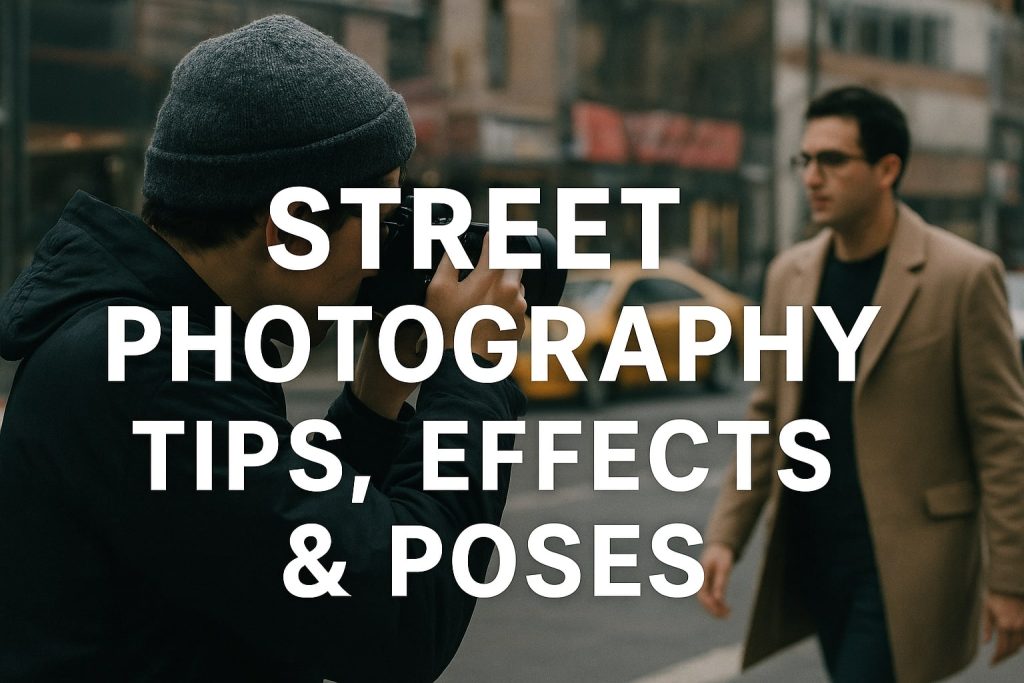Macro product photography is an art that demands precision, patience, and an eye for intricate details. Whether you’re capturing textures of jewelry, electronics, or handmade crafts, mastering macro techniques ensures exceptional image quality. This guide explores step-by-step techniques, equipment recommendations, lighting methods, and post-processing tips to help you achieve professional results.
Understanding Macro Photography
What is Macro Photography?
Macro photography refers to close-up photography where the subject is captured at a 1:1 ratio or greater. This means the subject appears life-sized or larger in the image, revealing intricate textures and minute details invisible to the naked eye.
Importance of Macro Photography in Product Imaging
Product photography thrives on clarity and precision. Macro techniques help brands highlight textures, materials, and craftsmanship, creating compelling visuals that attract customers and boost conversions.
Essential Gear for Macro Product Photography
Choosing the Right Camera
A high-resolution camera with excellent dynamic range and noise performance is essential. Some recommended cameras include:
- Sony A7R V – 61MP sensor with exceptional detail capture
- Canon EOS R5 – High-resolution sensor with excellent color depth
- Nikon Z9 – Advanced autofocus and superior dynamic range
Best Macro Lenses for Detailed Shots
A dedicated macro lens offers superior sharpness and minimal distortion. Top choices include:
- Canon RF 100mm f/2.8L Macro IS USM – Excellent for product shots with stunning bokeh
- Nikon AF-S VR Micro-NIKKOR 105mm f/2.8G IF-ED – Offers image stabilization and sharp optics
- Sony FE 90mm f/2.8 Macro G OSS – Razor-sharp focus with excellent optical stabilization
Tripod and Stabilization Tools
Handheld shooting is impractical for extreme close-ups. Investing in a sturdy tripod prevents motion blur. Consider:
- Manfrotto 190XPRO – Sturdy build with adjustable angles
- Gitzo GT3543LS – Excellent stability for heavy setups
Remote Shutter Release and Focus Stacking Tools
A remote shutter eliminates vibrations when capturing minute details. Using tools like Helicon Focus for focus stacking ensures maximum sharpness across the frame.
Mastering Lighting for Macro Product Photography
Natural vs. Artificial Lighting
Natural light provides soft, diffused illumination, ideal for organic textures. However, artificial lighting allows precise control over highlights and shadows.
Using Continuous LED Lights
LED panels like the Godox SL60W or Aputure AL-MX offer adjustable intensity and color temperature, making them perfect for consistent macro shots.
Flash Photography and Light Modifiers
Using an external flash with a diffuser reduces harsh shadows. Essential tools include:
- Godox V860III-C Flash – High-speed sync and adjustable power
- Softbox or Diffuser Dome – Softens light and eliminates harsh reflections
Reflectors and Bounce Cards
White reflectors or DIY bounce cards help control shadows and evenly distribute light, ensuring every detail is visible without overexposure.
Setting Up Your Shooting Environment
Creating a Controlled Studio Setup
A small, controlled workspace eliminates distractions and external lighting inconsistencies. Consider using:
- Seamless Backgrounds – White, black, or neutral colors for a professional look
- Non-Reflective Surfaces – Prevents unwanted glare and distractions
Positioning the Subject
Placing the product at a slight angle enhances depth and dimension. Using a turntable allows for multiple perspectives while maintaining a consistent look.
Camera Settings for Optimal Sharpness
Aperture and Depth of Field
A narrow aperture (f/8 to f/16) increases depth of field, ensuring more details are in focus. However, diffraction can occur at extremely small apertures, so balancing is key.
ISO and Noise Reduction
Keeping ISO low (100-400) maintains image quality. Using proper lighting reduces the need for high ISO settings, preventing grainy images.
Manual Focus vs. Autofocus
Autofocus can be unreliable at extreme close-ups. Switching to manual focus ensures precision, especially when using focus peaking or live view magnification.
Advanced Techniques for High-Detail Macro Shots
Focus Stacking for Increased Depth
Focus stacking involves capturing multiple images at different focus points and blending them for ultimate sharpness. Software like Photoshop or Helicon Focus automates this process.
Using Extension Tubes and Macro Rails
Extension tubes increase magnification without affecting image quality, while macro rails allow precise adjustments for achieving perfect focus.
Polarizing Filters for Reducing Glare
A circular polarizer eliminates reflections from shiny surfaces like glass or metal, enhancing product texture visibility.
Post-Processing for High-Detail Macro Product Photography
RAW Editing Workflow
Shooting in RAW format retains maximum detail and flexibility for adjustments. Use software like Adobe Lightroom or Capture One for color correction and sharpening.
Noise Reduction and Sharpness Enhancement
Applying noise reduction selectively ensures fine details remain crisp. Unsharp Mask or High-Pass Filtering in Photoshop can enhance clarity without introducing artifacts.
Retouching Imperfections
Clone stamp and healing tools remove dust, scratches, or unwanted reflections, refining the final image.
Common Mistakes and How to Avoid Them
Motion Blur and Camera Shake
Use a tripod and remote shutter to eliminate vibrations.
Overexposed or Underexposed Highlights
Histogram analysis ensures balanced exposure, preventing loss of detail in highlights or shadows.
Inconsistent White Balance
Setting custom white balance maintains color accuracy across product images.
Conclusion
Mastering macro product photography requires attention to detail, the right gear, and controlled lighting techniques. By implementing focus stacking, precise camera settings, and effective post-processing, you can achieve high-detail images that captivate audiences. Keep experimenting, refining your techniques, and exploring new ways to enhance your macro shots for stunning product photography results.

Mobile Photography Hacks: Candid Moments with Your Phone
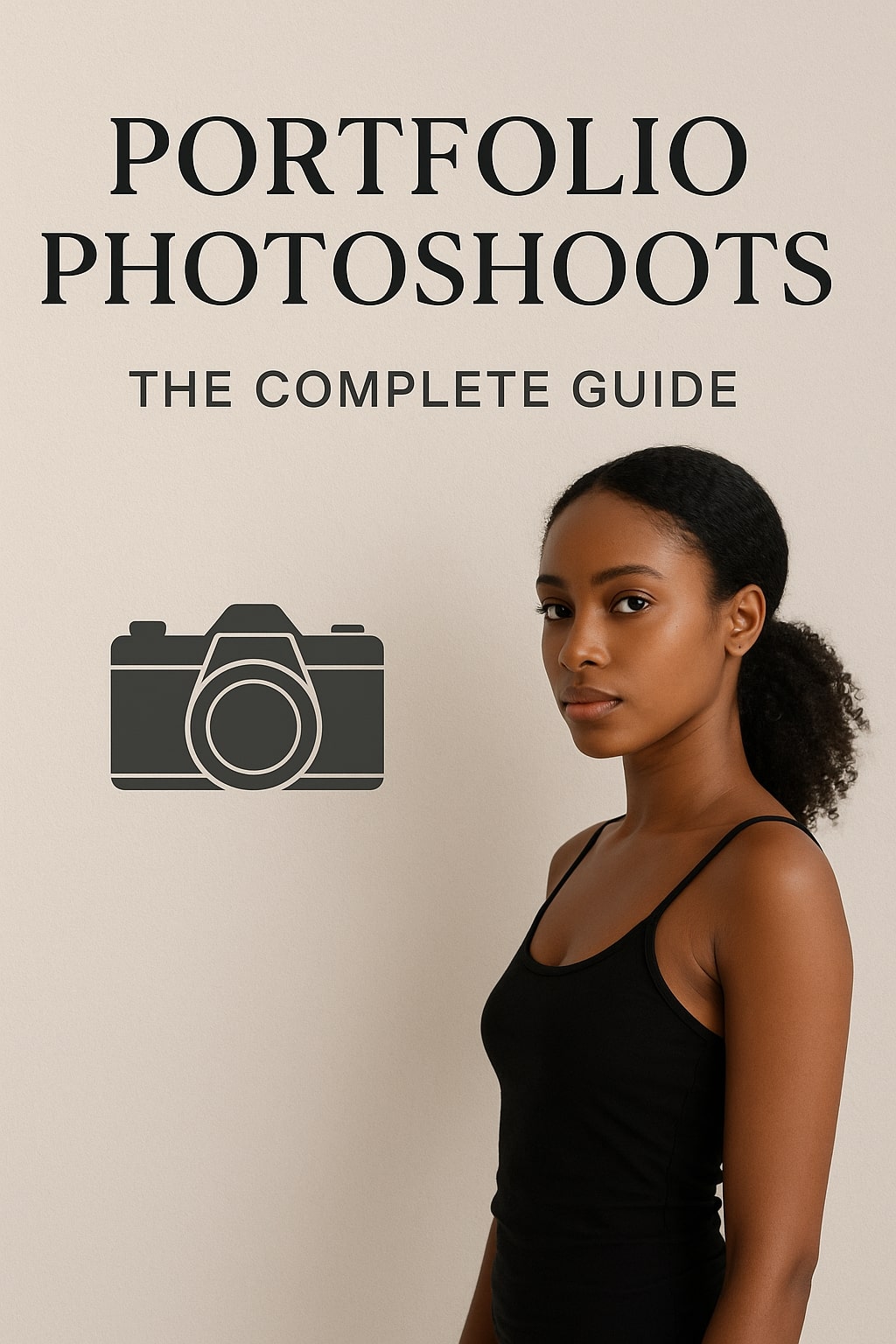
Professional Model & Portfolio Photoshoots: Show Your Best Work
-
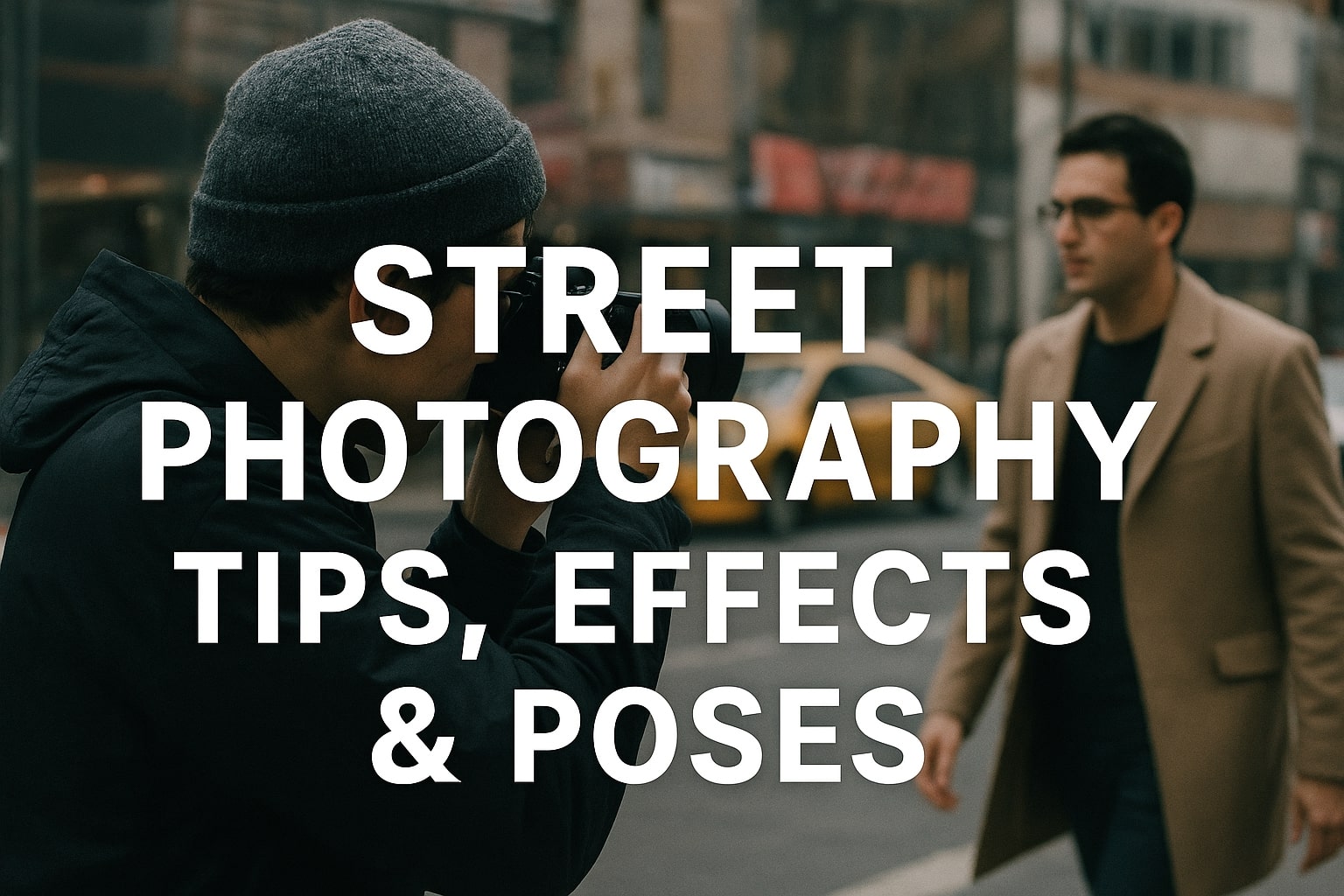
Street Photography Tips, Effects & Poses – Complete Guide
-
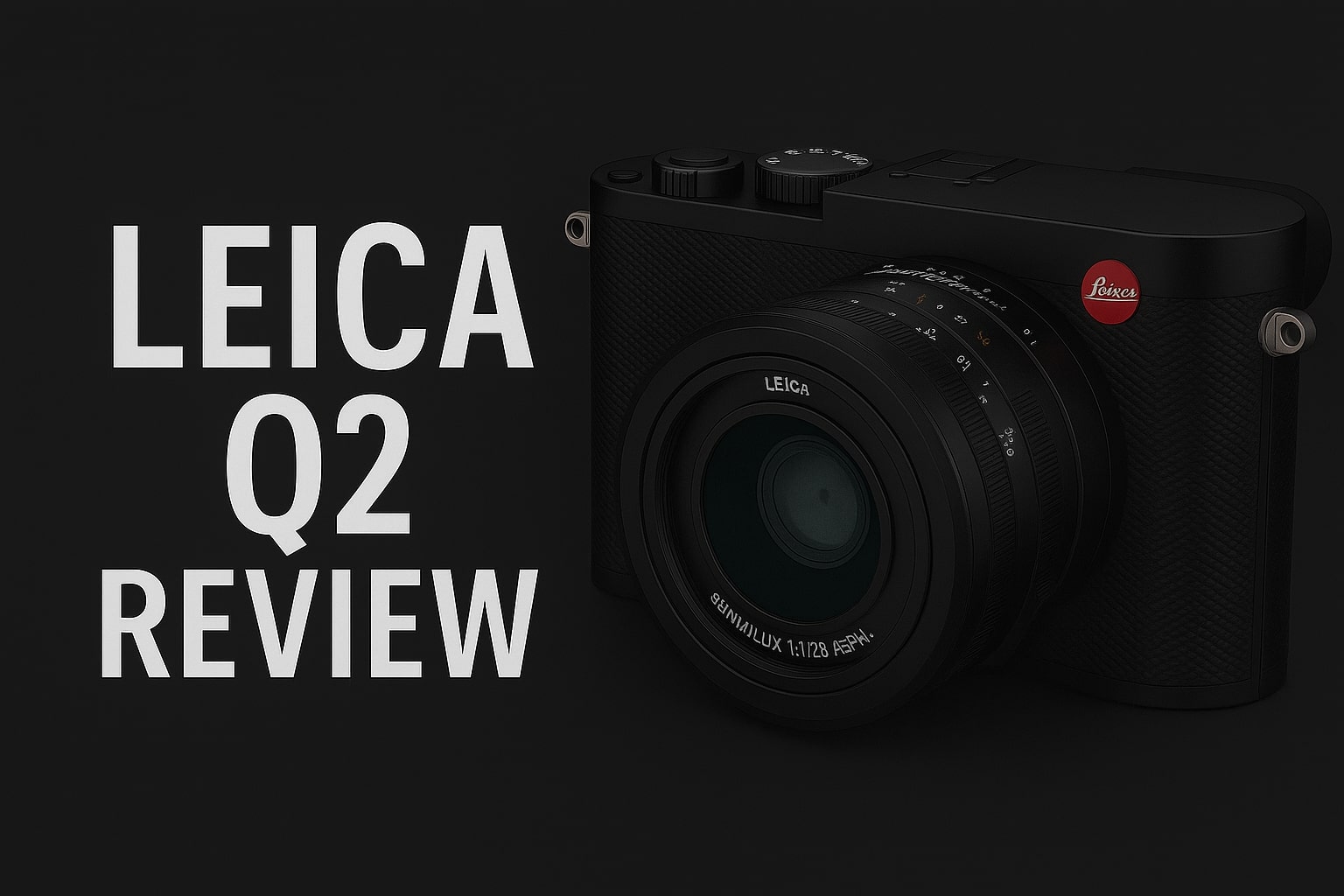
Leica Q2 for Photography: Why It’s Loved by Photographers
Mobile Photography Hacks: Candid Moments with Your Phone
Discover high-impact mobile photography hacks to capture genuine, gorgeous candid moments with your phone. Learn practical tips, composition secrets, and pro techniques to turn everyday scenes into stunning visual stories. Introduction: The New Age of Mobile Photography Photography has evolved beyond heavy cameras, technical jargon, and expensive equipment. Today, the power to capture extraordinary moments
Professional Model & Portfolio Photoshoots: Show Your Best Work
” Discover how to plan, style, and execute stunning portfolio photoshoots that showcase your skills, personality, and versatility. This comprehensive guide covers professional tips, posing ideas, gear suggestions, and industry insights for models and photographers.” Introduction – Why Portfolio Photoshoots Are the Cornerstone of a Photographer’s Career A well-crafted portfolio photoshoot is more than a
Street Photography Tips, Effects & Poses – Complete Guide
Discover the ultimate guide to Street Photography with expert tips, creative effects, and dynamic poses. Learn how to capture authentic urban moments, master composition, and tell powerful visual stories through your lens. Article Outline 1. Introduction to Street Photography Street Photography is more than just taking pictures of people in public spaces — it’s about
Leica Q2 for Photography: Why It’s Loved by Photographers
Introduction: The Cult Status of the Leica Q2 The Leica Q2 is not just a camera—it’s a statement. Combining the heritage of German precision engineering with modern digital excellence, it holds a special place in the hearts of professional and passionate photographers alike. With its full-frame sensor, prime Summilux lens, and minimalist design, the Q2
Top Cameras Under ₹1 Lakh for Freelance Photography
Freelance photography is no longer a niche—it’s a booming creative profession that demands not only vision and hustle but also the right gear. Your camera isn’t just a tool; it’s your storytelling partner. If you’re a freelance photographer aiming to balance performance, versatility, and budget, investing in a cameras under ₹1 lakh can offer the
Top Features of Nikon D850 That Make It Ideal for Photoshoots
Explore the top features of the Nikon D850 that make it a powerhouse for photoshoots. From exceptional resolution to dynamic range, this detailed Nikon D850 guide is built for professional and aspiring photographers. 1. Introduction When Nikon launched the D850, it quickly earned a reputation as a flagship DSLR that redefined what photographers could expect

